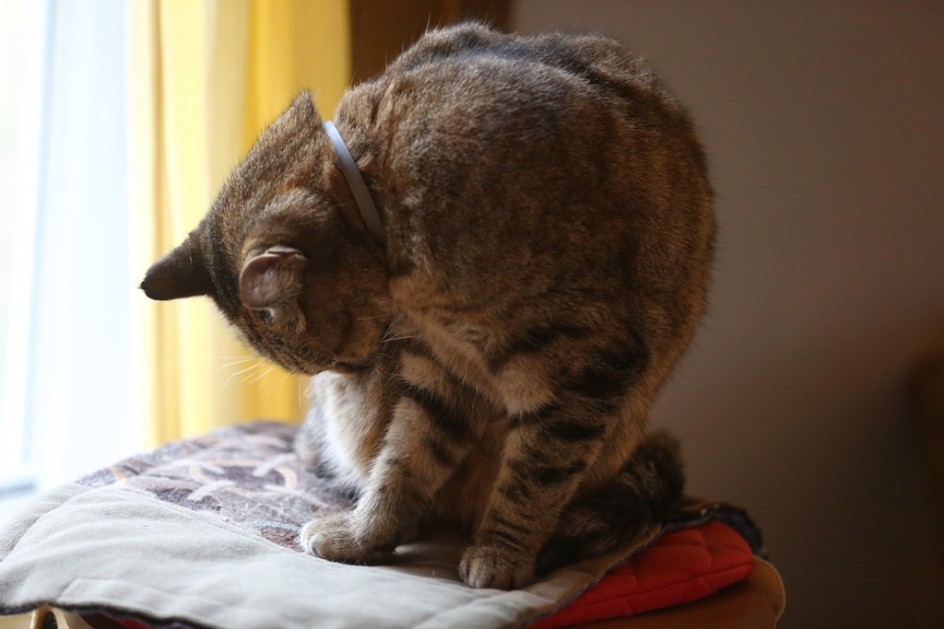
I’ve been working hard on my visualization chapter for my next book, “Talking To Animals,” and my wonderful free-lance editor (she has kept me grounded during these tumultuous publishing times) Rosemary Ahern finally liked it. I thought it was like silly putty, it kept bouncing back to me, but I told Rosemary I wanted this to be a big book, and she is holding me to it. I appreciate good editors, and I need them.
Visualizations, along with reading body language and emotion, food and focus, are important in my work communicating with animals. It’s not simple, it involves many things, but I want to begin sharing some of the process with you (not too much, I can’t give the book away). Flo and I don’t have lots to do with one another during most days, but I have been working with her on listening and communicating.
Yesterday, I felt a message coming from her in the yard, I saw an image in my mind of her sitting on her cat stand by the window, looking out at the barn. Workmen were beginning to arrive to start work on our new frost-free water line, and I knew the barn cats would vanish as long as they were here, cats can put a witch to shame when it comes to vanishing at will.
Flo came up to me, she looked at me in an intense kind of way, I felt she was sending me a message. I knelt down and looked at her and once again saw this image of her sitting on the car stand, cleaning herself and napping. “Flo wants to come inside” I shouted to Maria, who was surprised. Flo never comes inside during the day, and I rarely see her most of the time.
I was certain of what she wanted, she had talked to me. I came to the back door, opened it and she darted inside, and a few minutes later, I saw her in the position above, exactly as she had shown me out in the yard. It was the message, I received it.
Visualization is not magic, Temple Grandin and other behaviorist have found that animals communicate with one another in somewhat the same way some autistic children communicate – through images, not words and narratives. For 15 years, I have been working on this kind of communication, before I even had a name for it. The key is accepting that animals don’t have our words, don’t speak our language. We can give some commands that way, but we can’t really communicate with them in that way. We have to clear our heads and change our thinking.
I am reminded every day of the power and promise of this kind of communicating, I do it with Red, the donkeys, the cats, sometimes the sheep. It saved Ma’s life during lambing. I hope my next book will help address the urgent plea of the writer and naturalist Henry Beston, who wrote a century ago that we need a “wiser and more mystical” understanding of animals. They are not our furbabies or our dependent children, they are not piteous and pathetic, only to be seen through the prism of rescue and abuse. They are our partners on the earth, they share the joys and travails of life with us.
It was exciting to see this work bear fruit yesterday, Flo and I communicated with one another in this new way, I am learning more about it every day.
